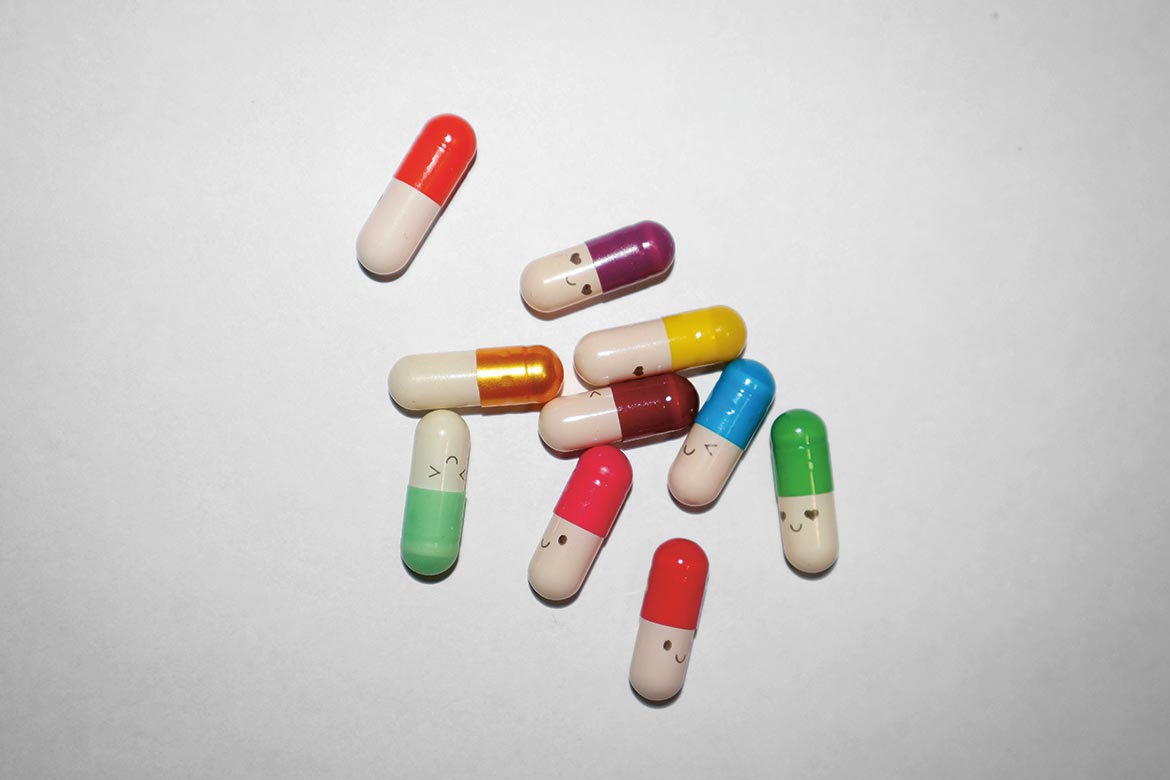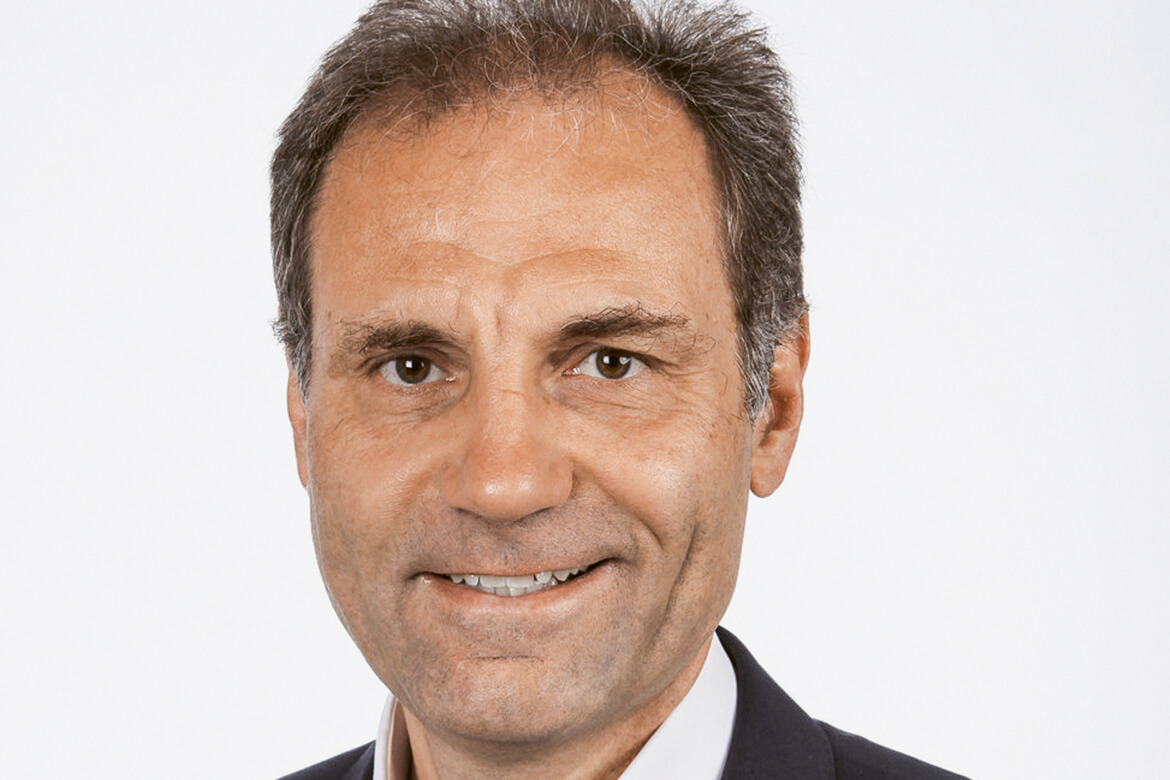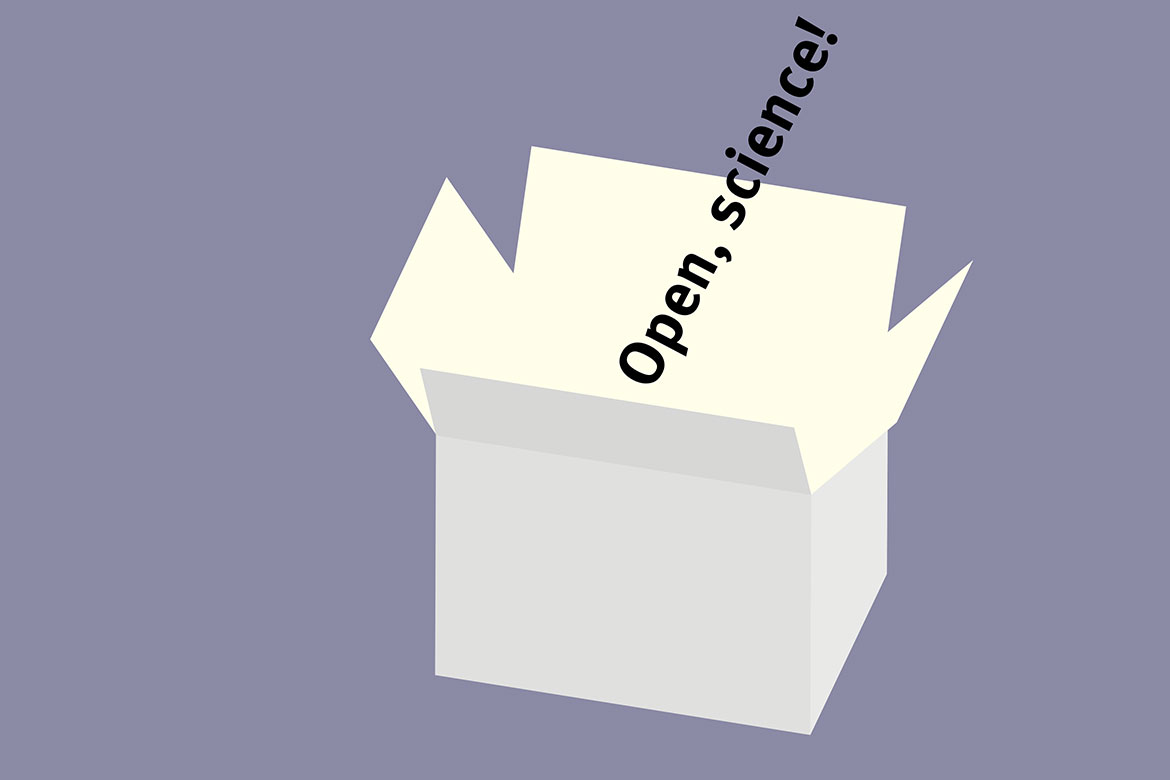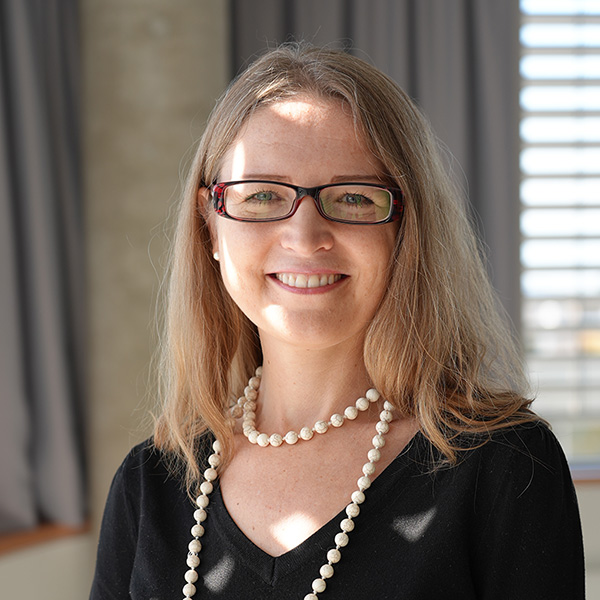PHARMACOLOGY
The march of the placebos
Placebos work, even when patients are fully informed about them. This is changing how medicine understands illness and healing.

Even with real pills, the active ingredient is only responsible for part of its overall impact. | Image: Little Plant/Unsplash
The pill being taken by the patient contains no active ingredients and consists only of glucose syrup and starch. And yet their nose stops running, their eyes stop itching, and their hay fever overall recedes noticeably. Placebos work – that’s a well-known fact. But it’s not the whole story. More recently, studies have shown that a placebo can have an impact even when patients are informed openly that the pills they’re taking contain no active agents at all. And they don’t just work for hay fever.
This finding challenges the previously accepted explanation of how placebos work. Their prime purpose is deception: a patient is convinced that a drug they’re taking contains a pharmacologically active ingredient. This is in fact a lie, but their sheer expectations still result in certain symptoms improving. Studies with open-label placebos have now shown that the element of deception might not even be necessary. “It’s actually the context of the therapy itself that is decisive”, says Jens Gaab, a clinical psychologist at the University of Basel. “If you trust your doctor and feel that someone is taking care of you, that can trigger a lot of things”, he says. “Placebos work because humans are social beings”.
Even an imaginary pill can help
In 2017, Gaab was a member of an international team, led by his colleague Cosima Locher, that for the first-ever time directly compared covert and open-label placebos. Their placebo was an ointment without any active ingredients. The 160 participants themselves inflicted pain on their own forearms using a heat source. Two groups from among them were administered a placebo; one group was openly told what it was; the other group was told it was a painkiller. But both groups recorded the same decrease in pain when compared to the third group, which received no treatment.
A team in Basel led by Gaab and Dilan Sezer has now taken things one step further. They gathered together more than 170 students – all of whom suffered from exam nerves – and divided them into three randomly chosen groups. One group took an open-label placebo twice a day for three weeks; the second group was given no treatment. The third and final group was instructed merely to imagine swallowing a pill against exam anxiety. The results, which they presented in February 2023, were surprising. The participants who took the real placebos and the ‘imaginary pills’ recorded the exact same decrease in exam nerves during the study. The control group noted no change at all.
Until now, using placebos in medical practice was frowned upon. Stefan Schmidt, a clinical psychologist at the University of Freiburg im Breisgau in Germany, describes the reasoning behind this. “Real placebos deceive the patient. They thereby violate the principle of informed consent”. But the research conducted in Basel could change this. “There can be no ethical objections to the use of open-label placebos. And this opens up whole new possibilities”, says Schmidt.
In fact, placebos have so far almost exclusively been used in clinical trials, where they provide a benchmark by which to compare a drug being tested. If the latter has a greater effect than the placebo, then it is considered effective. “But open-label placebos are themselves increasingly becoming the prime object of research”, says Schmidt.
In a systematic review study published in March 2023, Schmidt looked at what we know about their modes of action. “We know that covert placebos can trigger objectively measurable biochemical processes besides self-perceived symptoms”, he says. “We have so far found no such evidence for open-label placebos”. However, he does point out that there have been very few studies about this up to now, and his own analysis considered just 17 papers. But there are already numerous new studies that Schmidt is currently evaluating for an updated overview of the situation.
There are also risks
It is largely clear where open-label placebos could be used. “The focus is on illnesses in which there is a high degree of interaction between physical and psychological factors”, says Schmidt. These include depression, allergies, irritable bowel syndrome, hot flushes during menopause or cancer-related exhaustion syndrome.
Gaab is even convinced that open-label placebos and imaginary pills could replace current pharmacological therapies for such illnesses. “In many drug-based therapies, it’s actually the placebo effect that ultimately has the biggest impact”, he says. “But it’s like an iceberg: clinical trials only focus on the small area above water-level that represents the degree by which a pharmacological drug will outperform a placebo”. This leaves the placebo effect out of the reckoning, he says, though it is present in both procedures. “We need clinical studies that are designed to measure the share of the placebo effect in the overall success of a therapy”, says Gaab. It shouldn’t be about the degree to which an active agent is better than a placebo; such a study should ask if the placebo is acceptably worse. “If there’s only a small difference between them, then open-label placebos could be the better option. This applies not least in the case of drugs that have an unfavourable side-effect profile, such as various psychopharmaceuticals”.
However, placebos also bring a certain risk with them, such as when a self-assessment of their effect fails to perceive any physiological processes that the person in question is undergoing. For example, in 2011 researchers at Harvard Medical School in Boston carried out a study of nearly 50 asthma patients in which they compared an asthma inhaler with an identical-looking placebo inhaler that was given covertly. They also compared both groups with asthma patients who were given nothing at all. All those who received either the real inhaler or the placebo reported a near-identical improvement in their breathing. But when an objective measurement was made, the researchers found that the ‘real’ asthma spray had increased the patients’ respiratory volume much more than the placebo, whose effect was minor. “This is why we need precisely defined conditions for approving placebo therapies, too”, says Gaab. “And we have to be aware that the effect in practice also depends both on the specific setting and on the participant’s prevailing views about illness and healing”.
A growing belief in the power of healing
Back in 2015, a systematic analysis of clinical studies on nerve pain in the USA confirmed that the placebo effect is variable. And when researchers at McGill University in Montreal investigated why painkillers seem to become less and less effective when administered over a period of several years, they found that there was in fact no drop in efficacy; instead, the people in the tests were reacting more and more strongly to the placebos being given for comparative purposes. For Gaab, the situation is clear: “Placebo effects have generally been on the rise in recent decades. This is probably especially true when it comes to treating mental illnesses, because many more people today actually perceive these to be real illnesses that can be treated”.
Schmidt is of the same opinion. “It also helps that the placebo effect itself has become a very well-known phenomenon, roughly since the turn of the new millennium”, he says. “You could say it’s the placebo effect having a placebo effect, if you like. If people are confident that placebos can achieve something, then they indeed have that impact, even if you give them openly”. Of course, this trend could also go into reverse. It is conceivable, for example, that we might reach a saturation point if the use of open-label placebos becomes very widespread. But quite apart from their immediate application, Schmidt is keen to emphasise the great significance of recent placebo research: “It changes our understanding of illness and healing by uniting biomedical and psychological processes in a common approach”.




